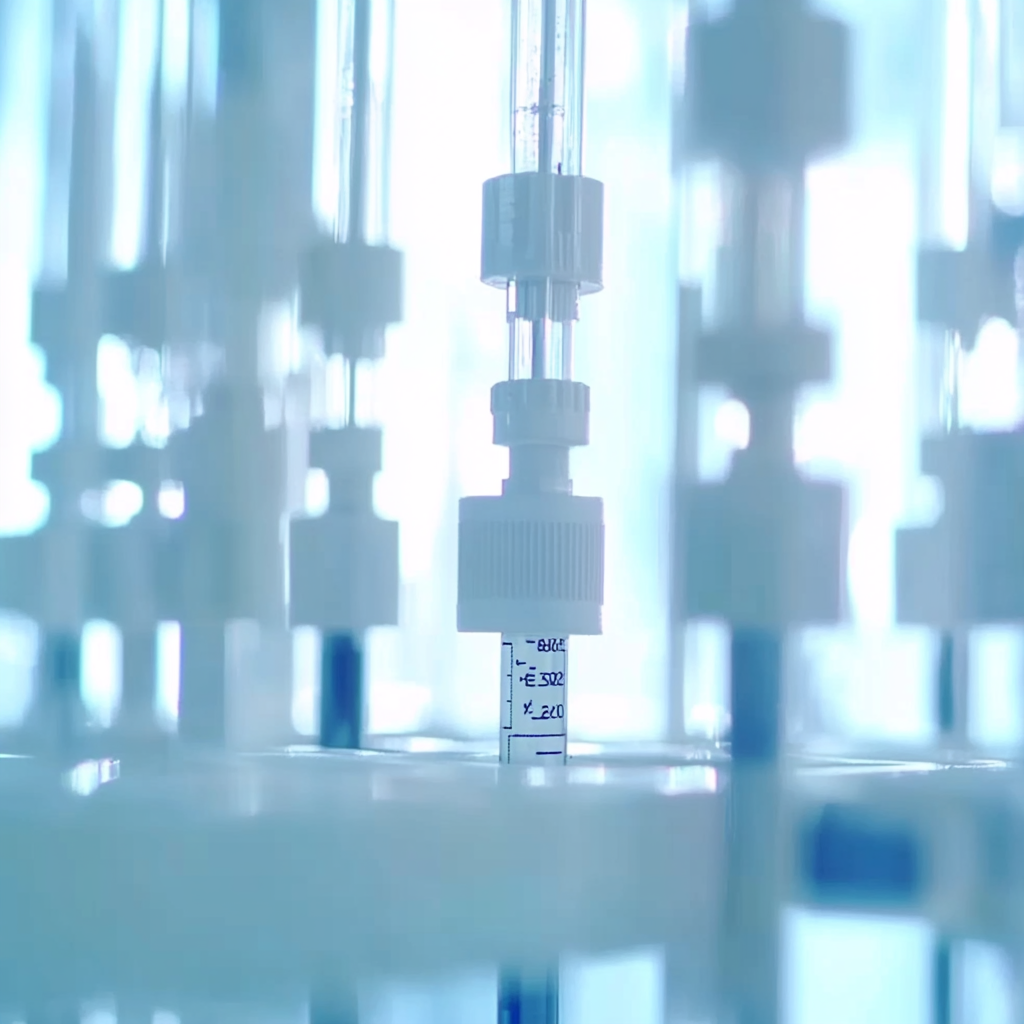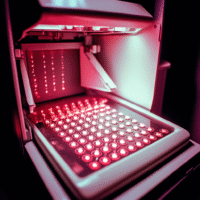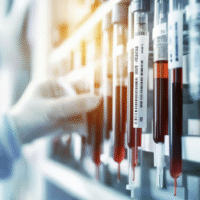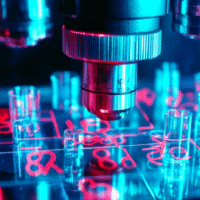Ultrasound-Guided Transbronchial Cryobiopsy Study
Overview
This study evaluates the effectiveness and safety of ultrasound-guided transbronchial cryobiopsy for examining mediastinal and hilar lesions. It compares this method to the standard technique known as EBUS-TBNA.
Study Details
Patients in four Swiss centers who needed diagnostic bronchoscopy for specific lesions were included. The study focuses on:
- Diagnostic yield
- Safety of EBUS-guided cryobiopsy versus EBUS-TBNA
Methods Used
The study involved various tools for targeting lesions:
- Electric needle knife (70.8%)
- 19 G needle (12.4%)
- 22 G needle (16.8%)
Freezing times for cryobiopsies ranged from 4-10 seconds.
Key Findings
A total of 137 patients participated, with a median follow-up of 89 days. The results showed:
- Diagnostic yield: 56.2% for EBUS-TBNA vs. 91.2% for cryobiopsies (p<0.001)
- Increased diagnostic yield for benign disorders (+28.5%) and rare tumors (+5.9%) with cryobiopsy
- For lung cancer, cryobiopsy provided better immunohistochemistry results (88.9% vs. 40.7%)
Adverse events occurred in 23.4% of patients, including mild to moderate bleeding (10.2%), pneumonia (0.7%), and one case of pneumothorax. No deaths or infections were reported.
Conclusion
Cryobiopsy significantly improves diagnostic outcomes compared to EBUS-TBNA while maintaining a good safety profile.
Clinical Trial Importance
Clinical trials are essential for developing safe and effective treatments. Our AI platform, DocSym, makes it easier for clinicians to access valuable information by combining ICD-11 standards, clinical protocols, and research.
Enhancing Healthcare Operations
In today’s healthcare landscape, efficient operations are vital. Our mobile apps facilitate scheduling, treatment monitoring, and telemedicine, enhancing patient care management.
AI in Clinics
By integrating AI, clinics can streamline workflows, improve patient outcomes, and reduce paper usage. Discover more at aidevmd.com.
























